

Table of contents
- location and soil
- Plant
- watering, fertilizing
- Cut winter
- multiply
- diseases and pests
- breeds
- Conclusion
Hydrangea Forever and Ever® is a successful hybrid from the species Hydrangea macrophylla (garden hydrangea). At least since the Forever and Ever® has been available in nurseries, even the less ambitious hobby gardener no longer feels like doing without lavishly flowering hydrangeas. She graciously forgives cutting and care errors. Even late frosts do not prevent the Forever and Ever® from shining with many flowers in summer. If you also heed a few care tips, you will have a lot of fun with this undemanding hydrangea variety year after year.
location and soil
The garden hydrangea Forever and Ever® feels most comfortable in semi-shade, but a shady spot is also acceptable. On the other hand, she doesn't like being exposed to the midday sun without protection. The garden hydrangeas also cut a fine figure in a bucket on the terrace or balcony. Normal flower potting soil and regular fertilizer applications are sufficient. The garden soil outdoors may tend to be damp, but still loose. Even the robust Forever and Ever® cannot stand permanent waterlogging. As with other hydrangeas, you can influence the flower colors with the pH value of the soil. Red-orange varieties retain their color. In most cases, a blue coloration is aimed at. For this they need a pH value between 4.0 and 4.5. In this case, rhododendron or azalea soil can be used as potting soil. Over time, the soil becomes alkaline, which can be counteracted with appropriate doses of potash alum or hydrangea blue.
Plant
Planting the Forever and Ever® in the bed is very easy. The planting hole should be twice the size of the root ball. You can then fill it up with a mixture of garden soil and peat or azalea/rhododendron soil. Sufficient watering is then important for rapid growth. The garden hydrangea Forever and Ever® makes a good container plant. Choose the largest possible container for this. It needs a lot of water, so it's important to provide good drainage. The soil should remain 1-2 cm below the edge of the pot so that it does not flood every time you water it. When repotting or repotting, it is beneficial if some roots are "damaged" or shortened. This measure stimulates the growth of the roots.
watering, fertilizing
Although the Forever&Ever varieties are very undemanding, they do need water. They should never dry out in the pot. On dry days outdoors, it must be watered thoroughly. Attention, waterlogging is not desired! A lack of water can be recognized by the leaves hanging down. Now water quickly and make sure this doesn't happen too often. Every lack of water means stress for the plant. Especially with blue-flowering hydrangeas, the irrigation water should be as soft as possible, e.g. B. rainwater. Constantly too hard water causes the flowers to turn pink over time.
Outdoors, the Forever and Ever® hydrangea appreciates a dose of organic fertilizer in the spring, before the growing season begins. Purchased fertilizer should have a sodium-phosphorus-potassium ratio of approx. 7-6-12.
Cut winter
A special feature of the hydrangea variety Forever and Ever® is its joy in flowering. It forms its flowers on annual and perennial wood. In other words, blooms come on every branch. That means you can trim them, but you don't have to. These hydrangeas are cut according to the motto: what survives can be cut off. Branches for the vase can also be cut at any time. If you also want to stimulate flower growth, cut off the branches a few millimeters above two buds.
Another advantage that speaks for this robust peasant hydrangea: The Forever and Ever® is ideally suited for colder climate zones. It is listed as hardy to USDA Zone 4. That means hardy down to -30°C. In the garden, these varieties do not need winter protection. In the bucket, however, a cover is advisable during longer periods of frost below -3°C.
multiply
Like all other hydrangeas, the Forever and Ever® varieties can easily be propagated by cuttings. To do this, cut off green shoots without flower buds with a sharp knife in summer. One pair of leaves at the top, one at the bottom. The lower leaves are removed. Prepared in this way, the cuttings are placed in the potting soil. If you want to help, you can dip them in rooting powder beforehand. The substrate must now be kept moist and covered with a transparent film. Ventilate once a day. Placed in a shady location, small roots form after just under two weeks. After another two to three weeks you can put them individually in small pots and continue to grow them without foil. The first winter they remain frost-free and cool in a sheltered room. In the spring they can then be placed outdoors.
diseases and pests
With all the hardy and easy-care qualities of Forever and Ever® hydrangeas, it will come as no surprise to read that diseases and pest infestations are relatively rare.
The only minor pest infestation z. B. lice are kept in check in the garden with natural predators such as ladybugs.
From time to time chlorosis can occur. The young leaves turn yellow, the leaf veins stand out darkly. This is a deficiency symptom, the soil contains too little iron or the iron cannot be properly utilized due to a too high pH value. This can be remedied by using appropriate fertilizers.
Tip:
If the older leaves turn yellow during the growing season, there is usually a nitrogen deficiency. This problem can also be solved with an appropriate fertilizer (nitrogen-rich).
breeds
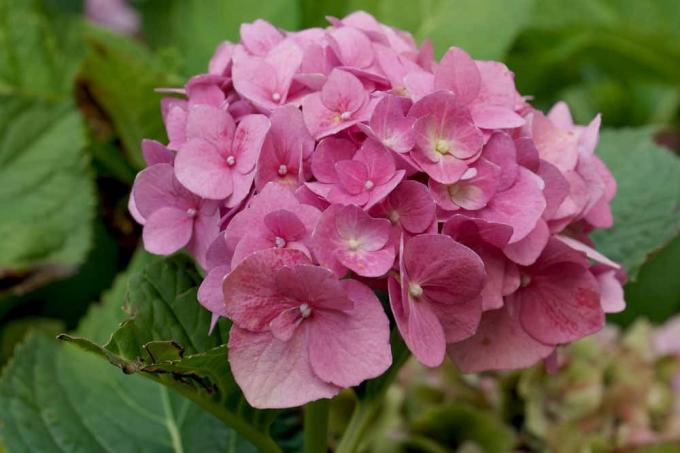
Despite its almost perfect characteristics, the Hydrangea macrophylla Forever & Ever® was not the result of targeted breeding. Rather, it is a random product of various crosses and was discovered and patented in the USA. There are now many magical new breeds of Forever and Ever®:
- Forever & Ever® 'Pink' - This variety is one of the hardiest varieties, down to -30°C. They bloom all summer, pink or blue, depending on the pH of the soil.
- Forever & Ever® 'Red' - The color of the flowers of this strain is red. Later, as it fades, the color changes to purple. It is hardy to -25°C and its flower color does not change.
- Forever & Ever® 'Double Pink' - The flowers of this hydrangea variety are densely filled. The individual balls have a diameter of 15 cm. This variety is also very hardy down to -25°C. The flower color changes, depending on the pH of the soil, they bloom pink or blue.
- Forever & Ever® 'Peppermint' - Its flowers have a white base color. Depending on the pH value of the soil, the individual petals form a blue or pink coat of paint from their centre. The 'Peppermint' is also robust and hardy down to -25°C.
- Forever & Ever® 'Blue' - This hydrangea forms particularly large flower balls, which are light green at the beginning and later turn a pure blue. It has a particularly beautiful, large, dark green foliage. It is hardy down to -25°C and because of its compact growth it is also suitable for planting in containers.
Conclusion
At the latest with the offer of this reblooming, extremely easy-care hydrangea variety Forever and Ever® there is hardly any reason not to plant these baroque beauties in your garden. Their versatility in terms of their location and their properties as a container or bedding plant are another plus. Anyone who is still unsure whether they are suitable for their own garden can easily grow a few plants from cuttings.
 garden editorial
garden editorial I write about everything that interests me in my garden.
Learn more about caring for plants
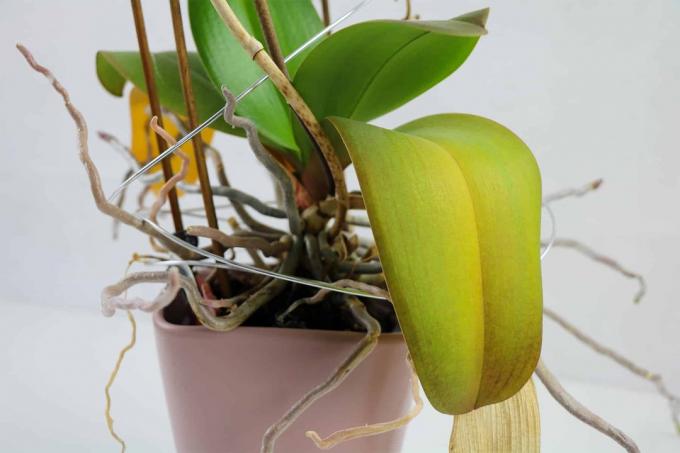
Plant hangs leaves despite water
If plants let their leaves hang despite water, this can have various causes. In order to prevent it from dying off by taking rapid countermeasures, you should find out about the possible causes and effective countermeasures here.
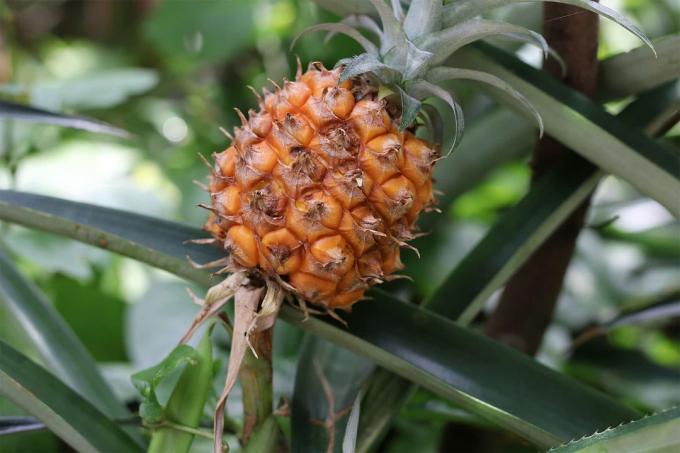
Plants hang their heads: what to do?
If the ornamental plants are cultivated in the garden or in pots and suddenly let their heads droop, then the question quickly arises as to why this can be. However, this is usually due to maintenance errors that need to be checked. If a remedy is found, most plants usually recover quickly.

Repot orchids: how & when to replant
Thanks to more uncomplicated and easy-care new breeds, orchids are now at home on many windowsills. In particular, the Phalaenopsis or butterfly orchid, which is available in countless varieties, is very popular. Read how and when you can best repot the distinctive beauties.

pull tree out of core | 7 tips for growing a tree yourself
Trees can be grown from cores without much effort. There are a variety of plants that have seeds and can be easily cultivated in your own garden. Special classic fruit trees should be mentioned, which are suitable for such a project.
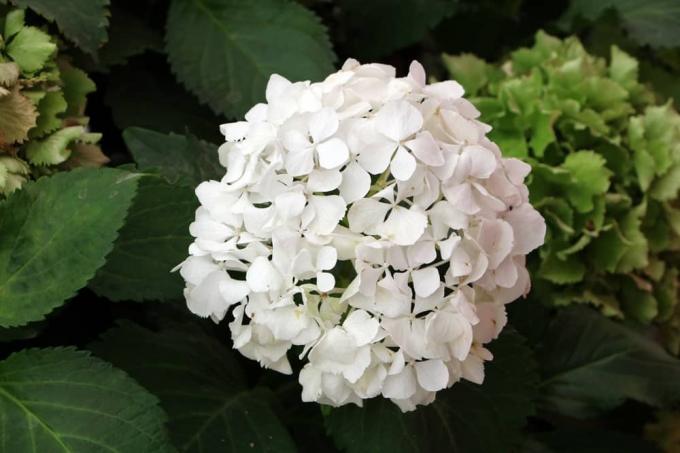
How do hydrangeas stay white? | That way it won't turn pink
How do hydrangeas stay white - this is the question many hobby gardeners ask themselves when the hydrangea changes color. The white often turns into a pink, which is usually comparatively pale or can appear "dirty". Here we reveal how it works.
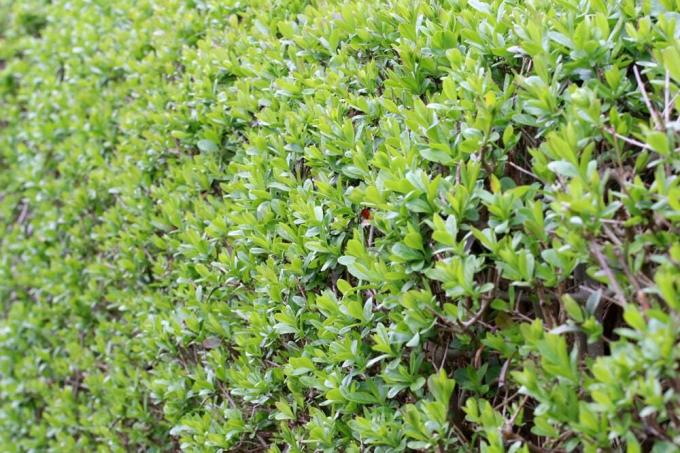
Cutting privet: when is the best time?
Privet is becoming increasingly popular and is often used as a privacy screen in the form of a privet hedge. This is not surprising, because the plant is easy to care for and fast-growing. However, it is crucial to cut the plant regularly at the right time.
